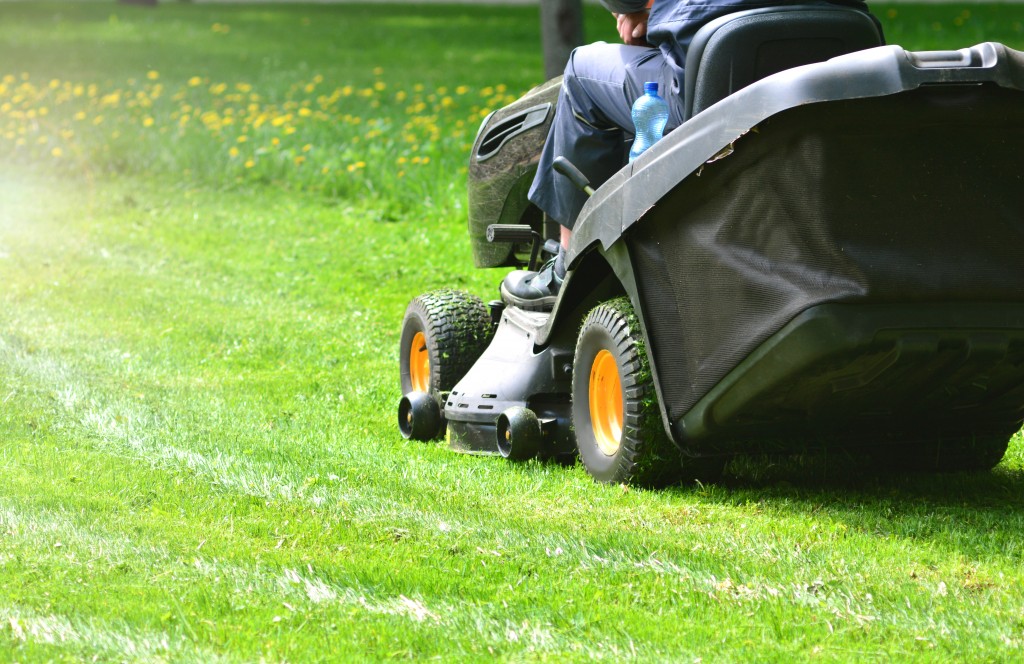Taking care of a lawn might sound complicated, but it isn’t. All you need is patience, time, and knowledge on lawn care basics. However, keeping your garden lush and green depends on the season and your region. If you’re a beginner with a “black thumb,” don’t worry. We’ve prepared simple tips for you to follow.
Test the soil’s pH
Most novice gardeners skip testing their lawn or garden’s acidity level. This step allows you to check the soil’s acidity level and nutrients. It’s like testing how “sweet” or “sour” the ground is and what plants will thrive once they’re planted. You can either take soil samples and bring them to the local nursery or use DIY testing kits available on the market. Using Atlantis & Geotextile products is also recommended. Adding lime helps balance the soil’s acidity. The recommended pH level for gardens is between 6.0 to 7.2.
“Mow to grow” mentality
Another common mistake of beginners is over-mowing their lawn or garden. The more you mow, the more it puts stress on the grass. This practice also leads to rapid weed growth. If you want to encourage healthy root growth, follow the recommended mowing height, which is the grass’s top. Cutting the top locks in soil moisture and prevents weed overgrowth. Make sure that the mower’s blades are sharp before mowing your lawn. Change the “mow to grow” mentality.
Set the soil & weed out the weeds
Preparing your garden’s soil means weeding out the plants, all the way to its roots. This method can take off at least six inches of land, but it will help control weed overgrowth. Once all the weeds are removed, use a rototill to loosen the dirt and improve its draining capacity. The recommended depth is around six inches to ensure healthy grass growth. A mixture of loam and sand also helps fertilize your garden’s topsoil. Use a roller to pack the soil to set it properly.
Water your lawn until it runs deep

The general rule of thumb when taking care of your garden is to let the water run deep. Soak it with water once a week because this allows the roots to penetrate deeper into the soil. Deeper roots also prevent pests from attaching to dried lawn plants. It’s also essential to learn about your lawn’s soil type: sandy soil is dry while clay soil holds moisture better. This helps you know how much water your garden needs.
Use the right fertilizer for your lawn
Aside from watering your lawn and its plants, using the correct fertilizer helps keep your plants stay healthy. Avoid using NPK fertilizers, which are nitrogen-phosphate-potassium rich and can’t supply the right nutrients your plants need. Good fertilizers include copper, iron, and sulfur as micronutrients. Adding dolomitic lime also helps balance your soil’s pH level.
Use grass clippings for lawn mulching
Put aside grass clipping after mowing your lawn. Practice grass-cycling because these grass clippings help provide your soil with the essential nutrients it needs. They also hold more water and decompose faster, which is also recommended for vegetable gardens and potted plants. Use a rake or leaf blower to evenly-distribute grass clippings on your lawn.
We hope that these pointers help you understand the basics of lawn care. Lawns and gardens should be an oasis for you and your family to relax and enjoy. Proper maintenance ensures that your lawn is healthy.
